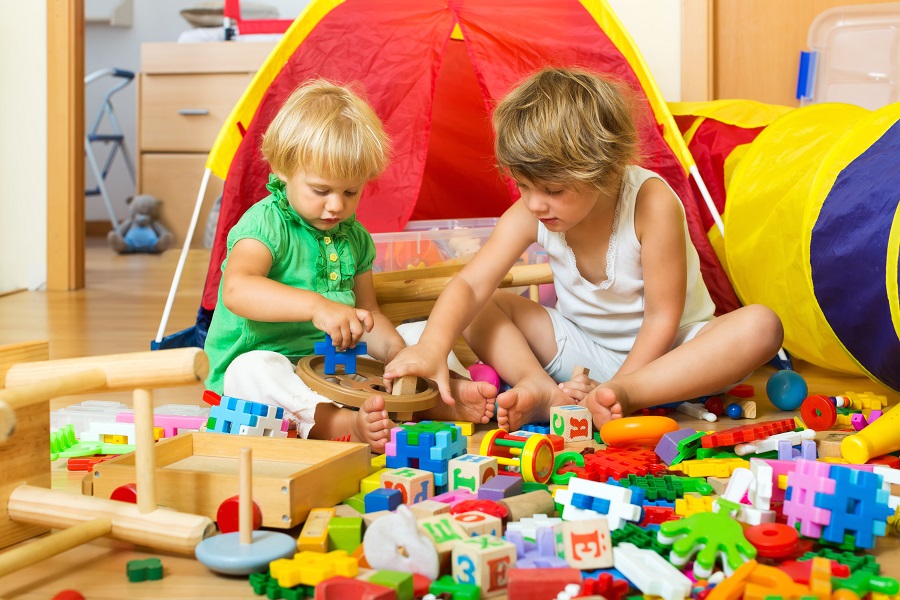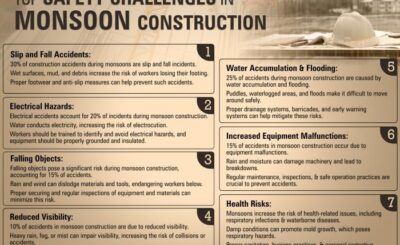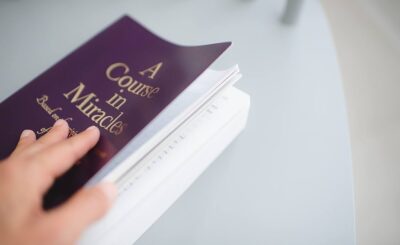Most kindergarten and nursery toys are developed to encourage stimulation, cognition and motor skills in babies and toddlers. Manipulatives, as the name suggests are small pieces that toddlers can comfortably manipulate. These can be used to create things or sort and classify or just play games that teach them the various skills they need to develop.
DIY Manipulatives
Learning begins at home. And while there are numerous toys that develop manipulative skills in toddlers it is very easy to make them yourself. And it’s fun and creative too.
Pattern Blocks
Can be made using foam or colourful cardboard paper. While similar shapes help in creating objects and figures, different shapes teach sorting and differentiation.
Pom Pom Magnets
They are soft and furry, making them fun to handle. They are great for teaching colours or counting. Coloured pom poms can also be used to teach sorting. Using similar colour tape, stick it on any surface to create the shape of a square or rectangle and ask the toddler to put the matching pom poms into that space.
Alphabet Cards
One of the most favoured and preferred ways of creating alphabet recognition is the use of alphabet cards. Get creative. Cut out rectangles from thick paper. Write a single alphabet, use bright Sharpies and draw matching images to make it more interactive. These can also be assembled to make short words. The same can be done for numbers.
Create Your Own Dice
Write numbers or alphabets on dice and play games. Can be used to learn numbers, alphabets and words. As they grow, add short words on each dice and use them to create stories. Fun activity for the whole family.
Balloons and blocks
Write numbers on balloons or building blocks so they can be arranged to get the number sequence right. Balloons can be filled with colour liquid to create visual recall. This also creates an awareness of liquids and solids and different textures.
Kitchen and Cupboard Ingredients
Measurements can be taught using kitchen tools and condiments. Different size jars are a fun way to start learning about the concepts of less and more or greater than and equal to. These can be filled with kidney beans, pasta or beetroot coloured water. Measuring spoons also expose them to the various methods of measurement.
As toddlers grow, manipulatives can be made to teach them how to read clocks. They can be taught about cash registers and money denomination.
All these manipulatives help students learn counting, time, measurement, geometric shapes, addition and subtraction.
There are also various apps available that teach children alphabets, numbers and colours in the form of games.
So that’s our list. What are your favorite ways to manipulate teaching? Do you have any that you just couldn’t do without? Share a comment below.








